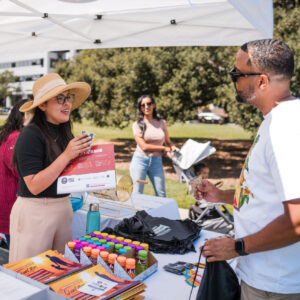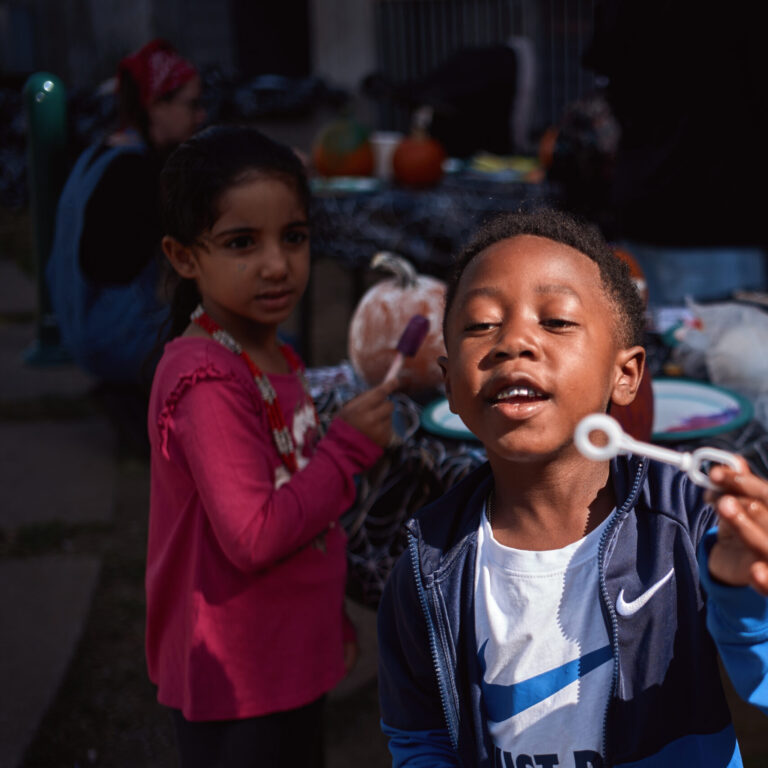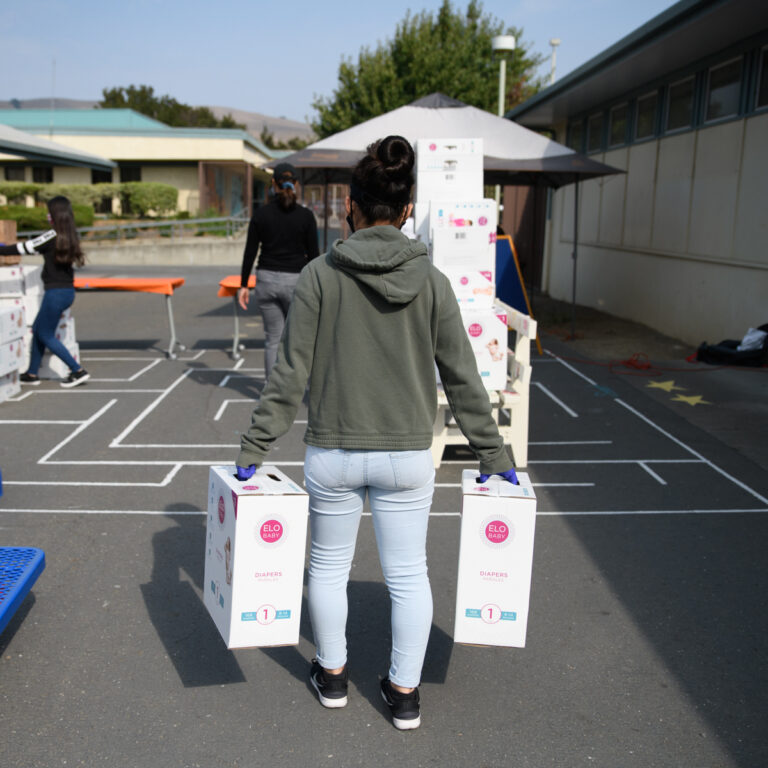
Neighborhoods Ready for School
At a glance
Since 2018, First 5 Alameda County has invested over $3 million in Neighborhoods Ready for School each year. Between 2023-2024, this investment resulted in:

2,343+ parents/caregivers supported

82 community-based organizations engaged
Thriving neighborhoods are an essential component of an early childhood system
First 5’s Neighborhoods Ready for School (NRFS) strategy is a place-based investment, asset building, and policy response to the relationship and interplay between neighborhood conditions, family and child well-being, and the structural factors that contribute to overall health, development, and kindergarten readiness.
We partner with community-based organizations and public system partners that serve low-income families, English-language learners, children of color, children with disabilities and medical issues, and fathers in neighborhoods that have been historically underserved due to racist, classist systems and policies.
Our current grantee partners include the San Antonio Family Resource Center (EBAYC, Lotus Bloom, Trybe, and ALL IN Alameda County), Mandela Family Resource Center (Lincoln), Roots Community Health Center, and Union City Family Center.
Program components include:
- Family leadership opportunities and civic engagement
- Coordination, navigation, and location of programs and services
- Early child school programs and services
- Economic resources and financial support
Video: Neighborhoods Ready for School
There is an undeniable connection between neighborhood, family, and child wellbeing. We all do better and feel better if we experience a sense of well-being and belonging. Children succeed in loving families, families succeed in supportive communities, and communities have the answers.
Allison Becwar, President & CEO, Lincoln Families






